Chris Cyrille Isaac
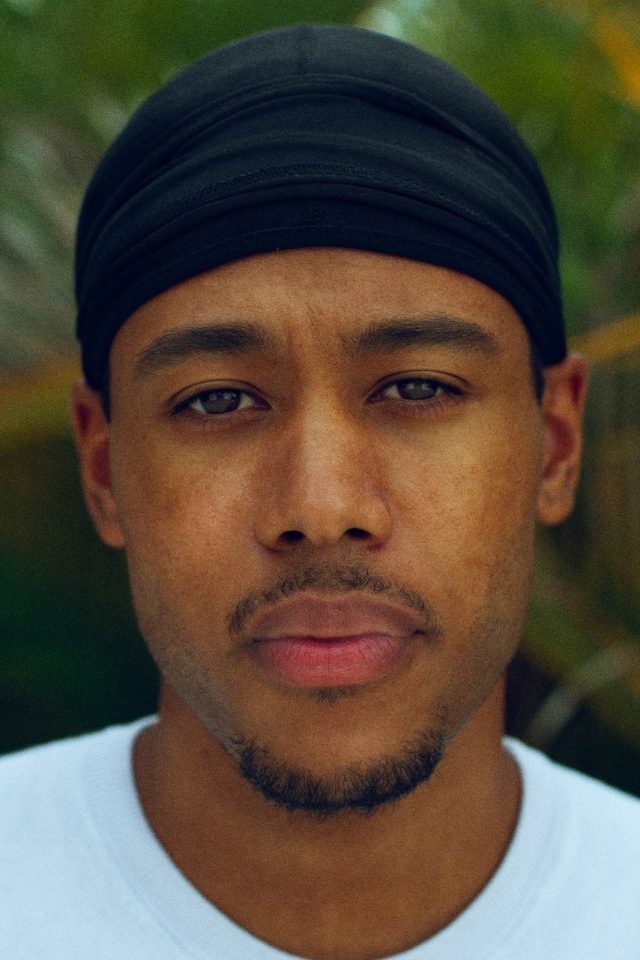
Crédits : Damien Jelaine
Chris Cyrille-Isaac is a poet, art critic, curator and doctoral candidate in philosophy in the French Department at New York University. He teaches theory at the École supérieure d'art de Clermont Métropole and collaborates with various journals and magazines, including Le Quotidien de l'Art. He has also been a columnist for Mediapart's podcast L'Esprit critique. Co-author of the book Mais le monde est une mangrovité (Rotolux Press, 2023), he also curated the eponymous exhibition at Fiminco in 2021. He directs the transdisciplinary Mangrovity project and chairs the curatorial platform Mangrovity Art Fund. His research explores Caribbean philosophies, black internationalism and anti-colonial literature. After curating the Biennale Intercontinentale de Guadeloupe in 2021, the following year he curated a reactivation of the Second Congress of Black Writers and Artists at Villa Romana (Florence). He is a member of the scientific committee of the Édouard Glissant Art Fund and UNESCO's Routes of Enslaved People. A former resident of the Villa Médicis as part of an Ateliers Médicis program, he was also a research fellow at the Centre Pompidou between 2019 and 2020. He is also the winner of the 2017 Dauphine Prize, the 2020 AICA Prize, the ADIAF Émergence 2022 grant and the Cnap 2022 curatorial grant.
The more you go to the center, the more you diffract.
I repeat this phrase to myself, especially when I go to visit galleries in order to be visited myself.
Touring the galleries means mapping out an itinerary that can take you on a whirlwind tour. You’d be wrong to focus solely on the center, thinking you’ll find the world summarized there. On the contrary, start from the outside and never fixate on the center.
Here. For this edition of Paris Gallery Weekend, I’m starting with Galerie Sator in Romainville (before it moves). With this gallery, you’ll be going to the furthest, the most distant, and yet, so close. Concerned about the world, committed to its choices, it deconstructs grand narratives to open up to singular voices. This group show is about the erasure of the human figure. Keep your eyes peeled for works by Kelly Sinnapah Mary, whose mixed references defy origin, and Gabriel Léger, whose work is, in part, a poetics of memory.
Then there’s the Marcelle Alix gallery, where curator Ana Mendoza Aldana has created a Carte blanche around the writer Tennessee Williams, reinterpreted by several artists, including Omar Castillo Alfaro, whom you may have seen at the 67th edition of the Salon de Montrouge, and Canadian artist Liz Magor. You stop for a moment in this exhibition. And you think you’re back to the aesthetic cannibalism of Brazilian poet Oswald de Andrade. Here, too, it’s all about shifting boundaries, blurring them, entangling them.
You resume your itinerary, and head back towards the center (you’ll notice: you go back up, not down) for another Carte blanche at Galerie Anne Barrault, entrusted to curator and publisher Skye Arundhati Thomas, who is exhibiting the Indian painter Lalitha Lajmi. You’ll lose yourself, without quite losing yourself, in her watercolors: dreams crossed by politics.
You continue. Back again, to the Galerie Lelong, to discover Alison Saar, daughter of Betye Saar and Richard Saar. You retrace the history of Afro-American painting, from the United States to Haiti, the diasporic Haiti that diffracted everywhere.
And then, while you’re in the “center”, you head north to Saint-Ouen, to visit the Ricardo Fernandes gallery. A Carte blanche for Kássia Borges Mytara, Brazilian artist, curator and activist, karajà, seen at the Venice Biennale 2024. You think of the indigenous poet Antônio Bispo dos Santos, and his writings on the quilombos (communities born of maroonage). You read about the jibóia, a sacred wood, a symbol of protection, and indigenous cosmopoetics. This exhibition is part of the Year of Brazil in France. And again, you say to yourself: the more I go to the center, the more I diffract, because the center is only a whirlpool that diversifies. The center itself is of little value without the differences that seek to cannibalize it in return to diffract elsewhere.
Can we return from these itineraries with a renewed ethic of the Other? Without it, what’s the point – yes, what’s the point – of opening up our imaginations?
- Chris Cyrille
Ses recommandations
-
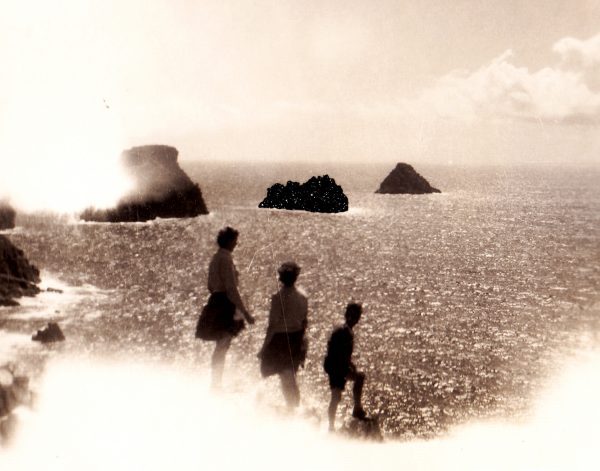
galerie Sator
Renaud Auguste-Dormeuil, Djabril Boukhenaïssi, Raphaël Denis, Alessandro Di Lorenzo, Gabriel Leger, Éric Manigaud, Bruno Pélassy, Kelly Sinnapah Mary, Thiên Ngoc Ngo Rioufol
--
"De l'effacement de la figure humaine"
- Contemporary Art
- Painting
- Photography
-
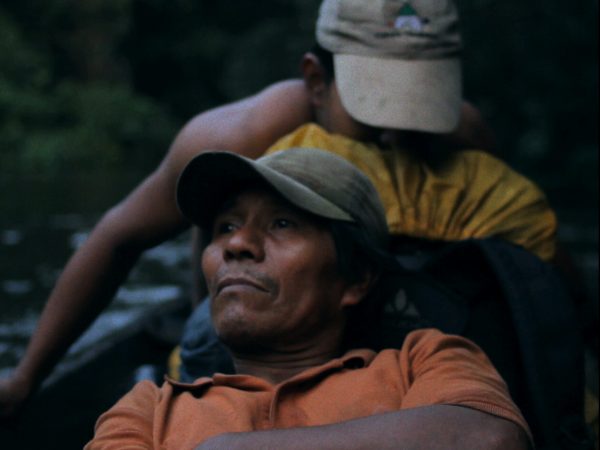
Marcelle Alix
Ella C Bernard, Cécile Bouffard, Omar Castillo Alfaro, Caroline Rose Curdy, Pierre Dumaire, Laura Huertas Millán, Liz Magor, Rafael Moreno, Nicole, Hatice Pinarbaşi et Jean-Charles de Quillacq
--
"El fantasma de Tennessee"
- Activism Art
- Carte blanche
- Contemporary Art
- Latin America's Art Scene
- LGBTQ+
- Women Artists
-
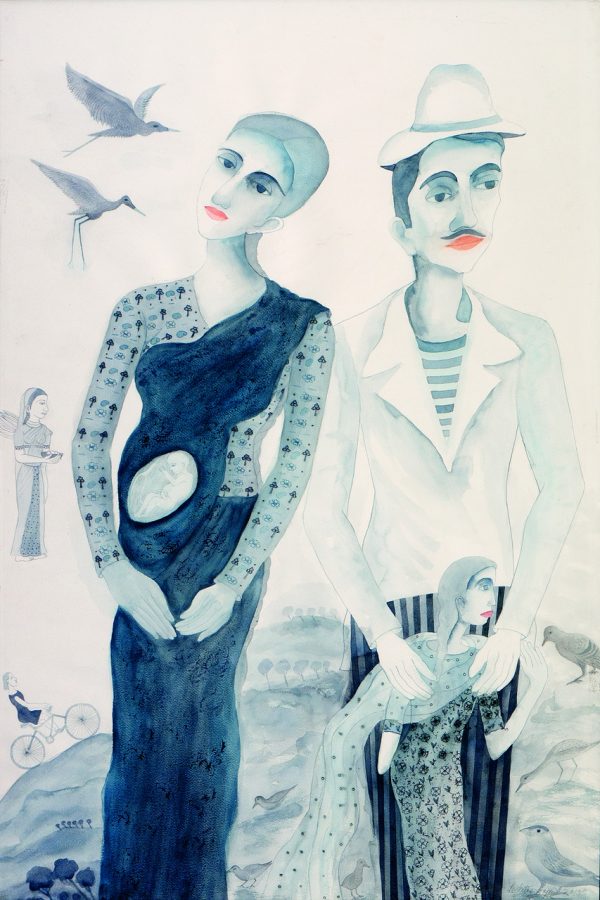
Galerie Anne Barrault
Lalitha Lajmi , India
- Asian Art Scene
- Carte blanche
- Contemporary Art
- First Solo Exhibition
- Painting
- Women Artists
-
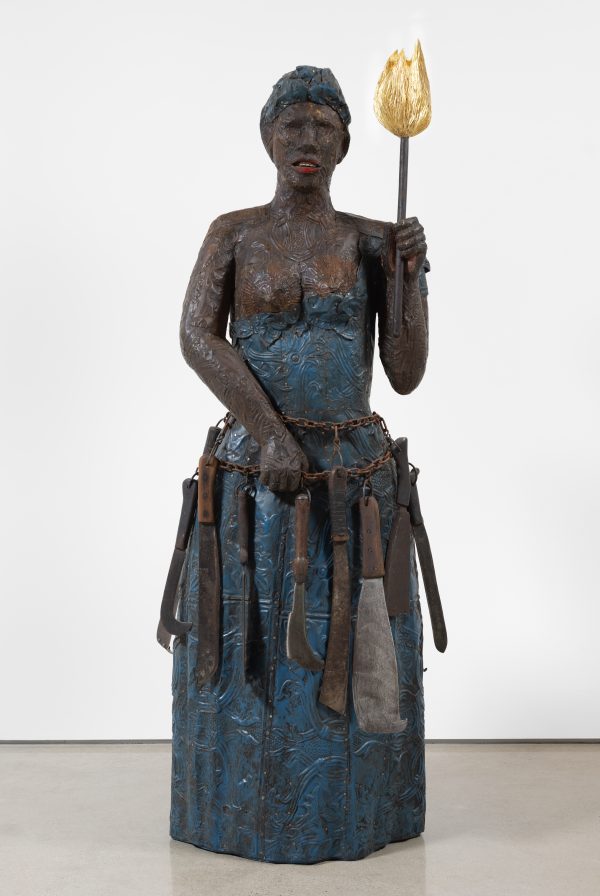
Galerie Lelong
Alison Saar , United States
"Sweet Life"
- Art contemporain
- Artistes femmes
- Contemporary Art
- First Solo Exhibition
- Painting
- Peinture
- Première exposition
- Sculpture
- Women Artists
-
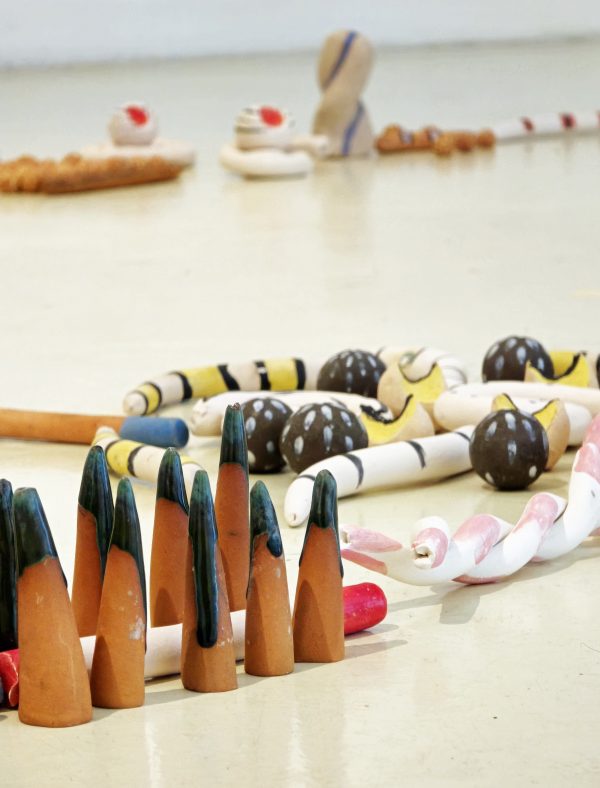
Ricardo Fernandes
Kássia Borges Mytara , Brazil
"'Femme Jibóia"
- Activism Art
- Art contemporain
- Artistes femmes
- Carte blanche
- Contemporary Art
- Ecological Art
- Installation
- Latin America's Art Scene
- Performance Art
- Sculpture
- Women Artists